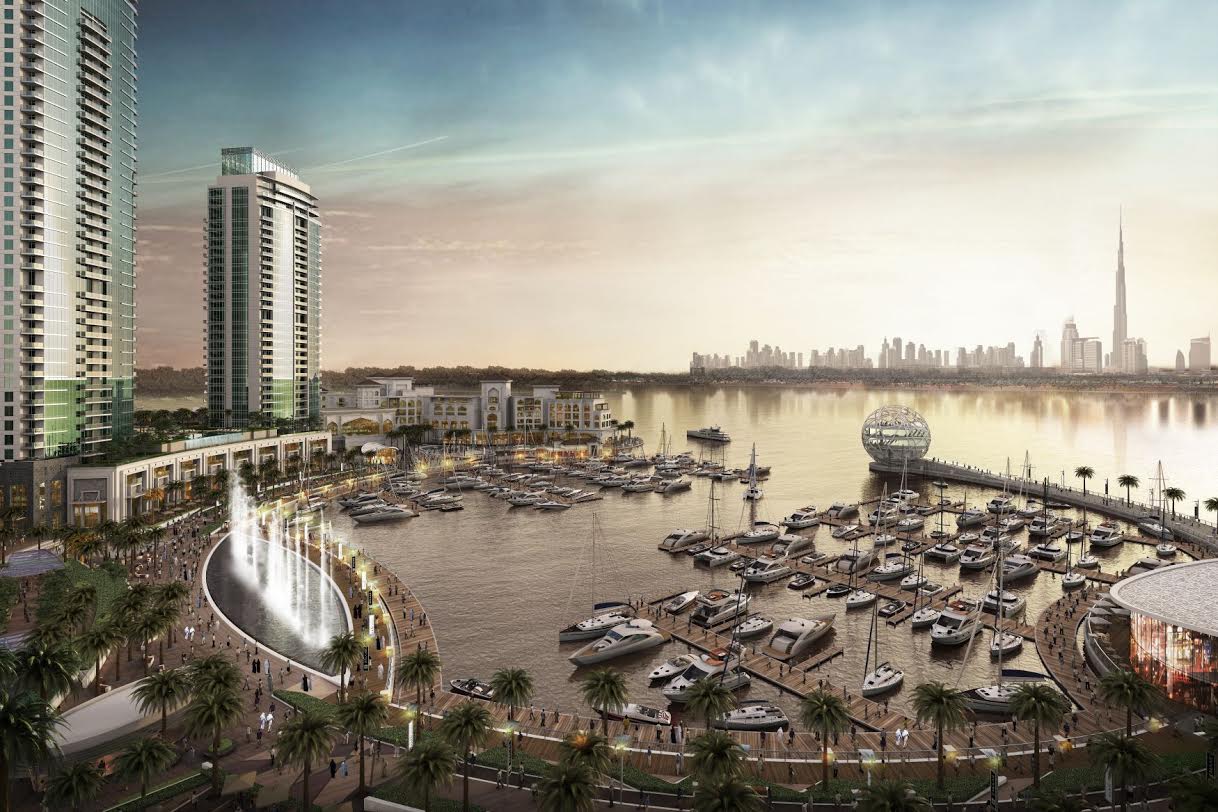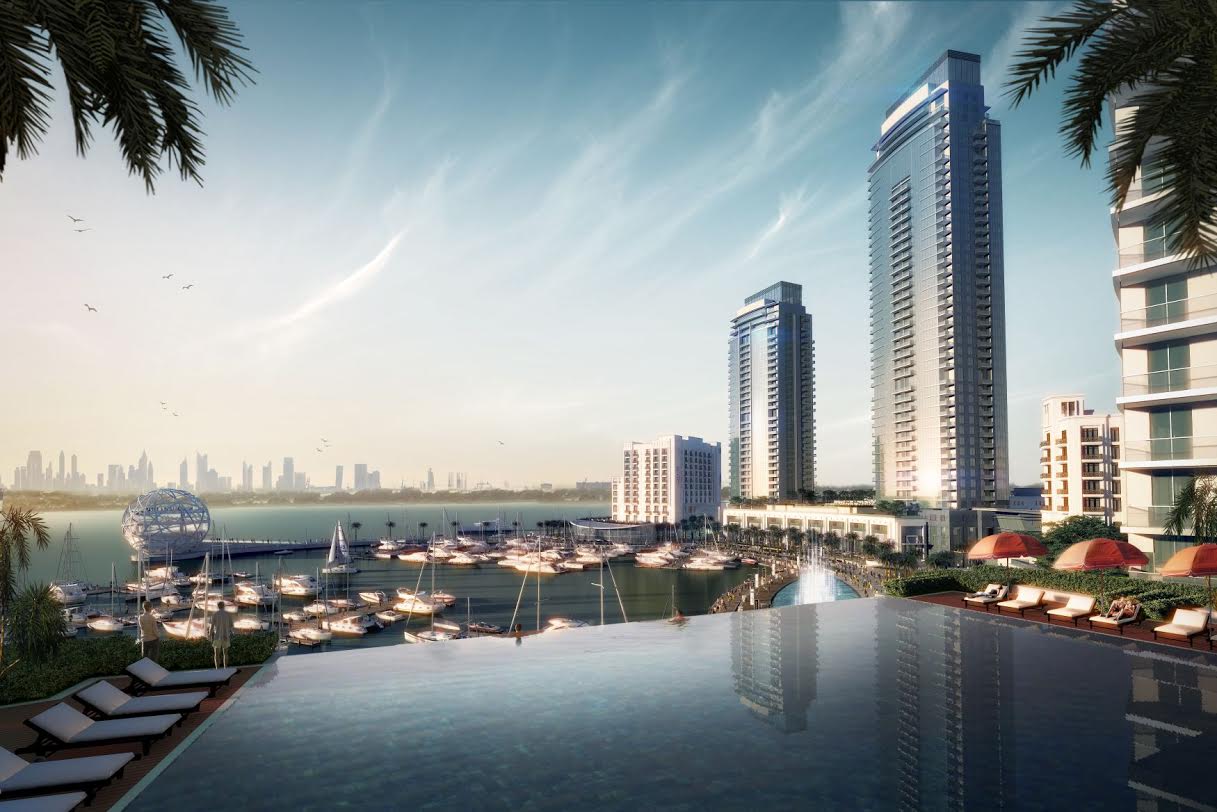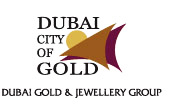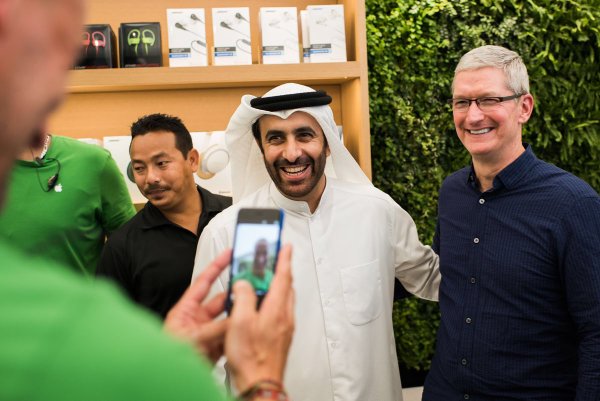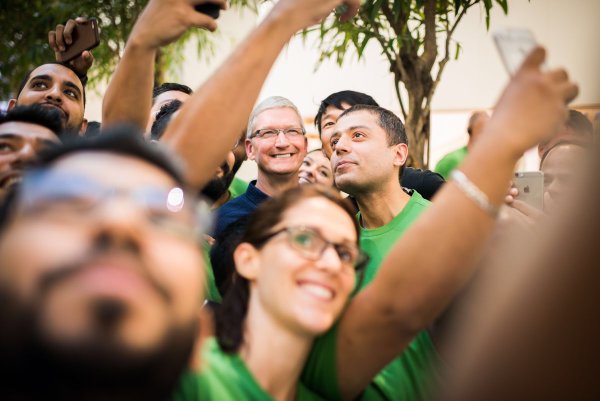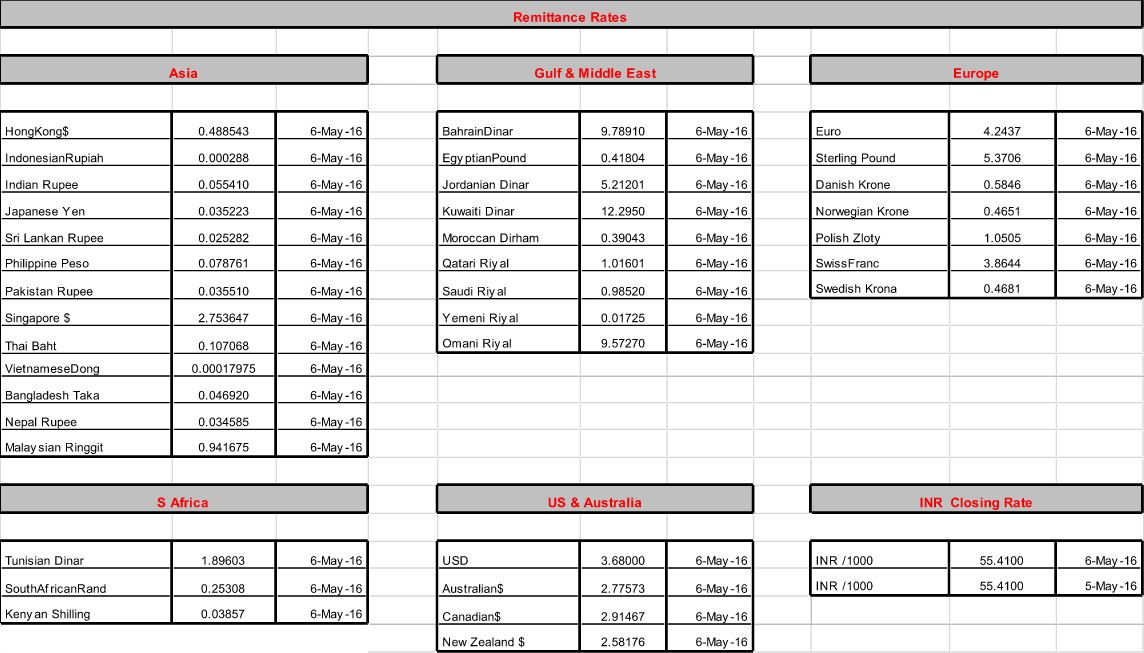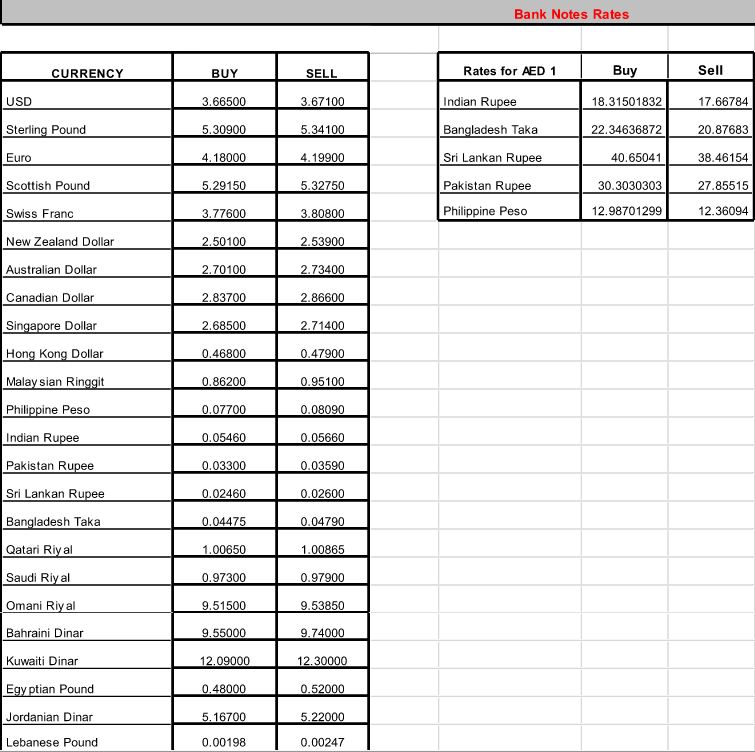The opening of the new Sheikh Zayed Road flyover and an announcement of a federal road that will link the emirate with Abu Dhabi and the northern emirates spells relief for the rush hour commuter.
Emirates 24|7 steers through the mega projects that will put the brakes on traffic in the upcoming years:
Dubai-Abu Dhabi-Northern Emirates link
Earlier this week, the UAE’s Ministry of Public Works announced it is studying laying a new federal road parallel to Emirates Road (former Bypass Road), which will connect the northern emirates to Abu Dhabi and Dubai.
![http://admin.emirates247.com/polopoly/polopoly_fs/1.617211.1452738132!/image/4255896012.png]()
The ministry is also planning to build a bridge on Emirates Road to ease traffic between Dubai and Sharjah, along with considering an expansion of E611 to seven lanes from three in Sharjah and six in Dubai.
The ministry said there would be five basic lanes out of seven of the proposed parallel road linking the northern emirates by Dubai and Abu Dhabi, besides the lateral lanes.
When: Not yet determined
Dubai-Abu Dhabi Link
Commuters between Dubai and Abu Dhabi will have reason to rejoice as more than 60 per cent of the construction has been completed on the new 62km highway that will extend the current Sheikh Mohammed bin Zayed Road.
The road spanning from Seih Shuaib to Sweihan Interchange, was expected to complete by year-end 2015; no new date has been revealed but it is expected to be functional this year.
Faisal Ahmed Al Suwaidi, Director-General of Highways, said at the time: “The 62-kilometre four-lane highway will relieve traffic pressure on the current Abu Dhabi-Dubai E11, bring down the number of accidents and connect Khalifa Port and Industrial Zone with current and future road network east E11.
“The project, once fully complete, will be a further strategic road linking the Abu Dhabi with Dubai and Northern Emirates."
The Dh2.1 billion project will be a four-lane highway, passing through Al Maha Forest, Kizad, Al Ajban Road and Zayed Military City to Sweihan Road.
The project includes six bridges and six underground passes, boosting safety by reducing the likelihood of crashes with local animals.
When: In 2016
Business Bay District
Last year, the RTA commenced works on the Parallel Roads Improvement Project at the Business Bay District (Godolphin), comprising the construction of roads, bridges and underpasses to ease traffic flow on the parallel roads of the area, which will reduce traffic snarl-ups in neighbouring and surrounding roads.
In a statement, Maitha bin Udai, CEO of RTA Traffic and Roads Agency, said at the time: “The project encompasses the construction of a flyover of three lanes in each direction stretching 3.5 km across the Dubai Water Canal before widening to a five-lane motorway passing over Godolphin Stables, crossing over Al Meydan Street, and extending further to Al Quoz Industrial Area.”
The makeover is touted to bring improvement in traffic flow at the existing junction of Al Meydan and Al Khail Roads through the construction of flyovers ensuring free leftward turns, thus effectively terminating the current overlap and tailbacks during peak hours.
The project involves the addition of a new two-lane free traffic corridor serving vehicular movement inbound from Al Khail Road heading towards Sharjah through Al Asayel Road, stretching up to the junction with Oud Metha Road.
When: The RTA has stated these roadworks will be accomplished during the final quarter of 2017.
Al Ittihad Bridge
Expected to spell a much welcome relief for Sharjah-based commuters battling the daily gridlock on Sheikh Mohammed bin Zayed Road during rush hour, Al Ittihad Bridge will replace the iconic Floating Bridge in all its 12-lane glory.
Designed to ferry 24,000 vehicles daily, the new bridge will span Dubai Creek, rising 15 metres above the water and bearing 61-metres in width; a 100-metre-high arch will add to its splendour.
As the work commences, Floating Bridge will be moved to Sheraton Gateway, connecting Sheikh Khalifa Bin Zayed Street in Bur Dubai and Omar Bin Al Khattab Road in Deira.
This will help reduce traffic congestion and ensure smooth flow of vehicles until the new bridge is completed, RTA announced.
When: The RTA has stated Al Ittihad Bridge will be completed in three years.
Al Shindagah Bridge
While we wait for an official detail of the much-touted Al Shindagah Tunnel facelift into a bridge, a tender floated late last year hints it is in the pipeline.
For Deira and Sharjah commuters, a confirmation of this project would certainly spell relief at the Falcon Junction rush hour gridlock, with tailbacks on Mina Road and the Deira Corniche Road.
According to the tender, which was published on November 9, the bridge should be 300 metres long and 22 meres wide, while it has an underpass that is 15 metres high.
Constructed in 1975, Al Shindagha Tunnel is the second oldest crossing of the five creek crossings connecting Bur Dubai and Deira.
It comprises two lanes in each direction, has a height clearance of 5 metres and speed limit of 60 km/h.
A sixth crossing may be realised with the construction of Al Ittihad Bridge, for which a tender was published on November 1 last year.
When: Yet to be confirmed
Jumeirah Street-Al Khail Link
The roadworks are not limited to key highways alone.
Last year, the RTA awarded a Dh482 million contract for road improvements in other major arteries, which included a link between Jumeirah Street with Al Khail Road, along with parallel roads (Al Asayel, First Al Khail Road) by constructing two-level bridges and roads.
RTA head Mattar Al Tayer said at the time: “The project comprises the construction of a flyover on Latifa bint Hamdan Street intersecting the First Al Khail Road, a signalised at-grade junction underneath the bridge, and the improvement of the intersection of Umm Al Sheif Street with Al Wasl Street.
This is expected to provide smooth and free traffic movement from Umm Al Sheif Street in the direction of Sheikh Zayed Road up to Latifa bint Hamdan Street (D67), and from Al Zomorrud Street to the east up E11.
The new bridges will be constructed up and down the Red Line of the Dubai Metro without affecting the operation of the metro itself, the RTA confirmed.
The two bridges will be linked with Sheikh Zayed Road through ramps enabling free exit points.
When: The project is expected to be completed in the first quarter of 2018.
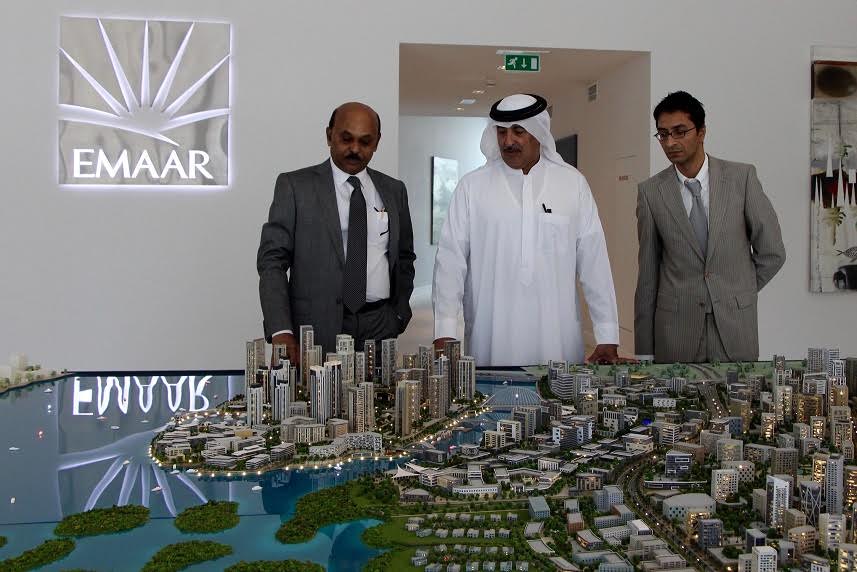 Ahmad Al Matrooshi, Managing Director of Emaar Properties, with Tushar Pathak, Chairman of ABM and MD Narayan, Executive Director of ABM.
Ahmad Al Matrooshi, Managing Director of Emaar Properties, with Tushar Pathak, Chairman of ABM and MD Narayan, Executive Director of ABM.